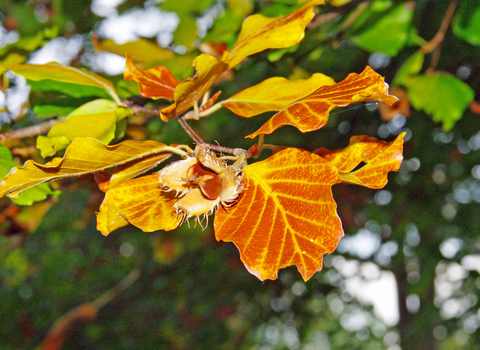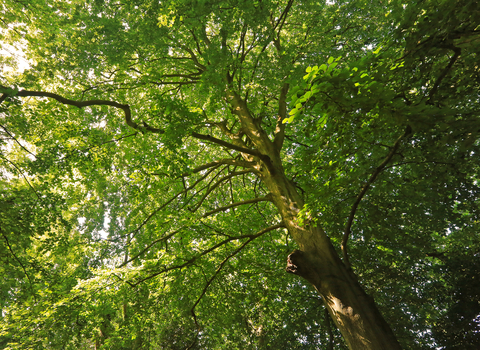
©Gillian Day

©Jon Hawkins/Surrey Hills Photography

©Mark Hamblin/2020VISION
Common beech
An iconic tree, particularly in the south of the UK, the Common beech stands tall and proud in woodlands and parks. It turns beautiful golden-brown in autumn, strewing the floor with its 'mast' (nuts).
